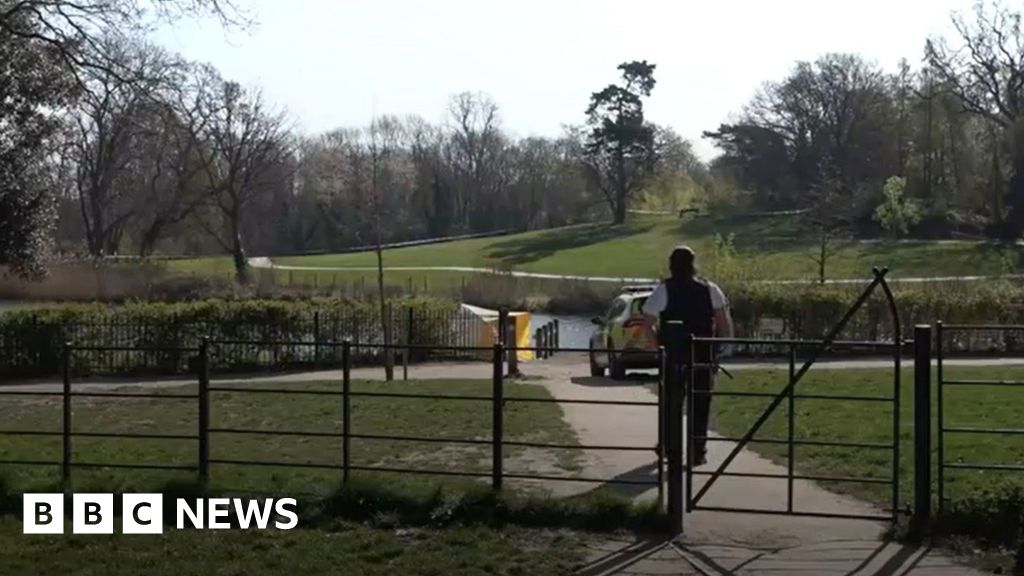Editor’s note: A version of this story appeared in CNN’s Wonder Theory science newsletter. To get it in your inbox, sign up for free here . Picture the Sahara, and an inhospitable landscape of endless sand dunes and barren rock comes to mind.
That’s largely the case today, but 7,000 years ago the vast desert was an altogether different place: a verdant world of trees and rivers and home to megafauna such as hippos and elephants. Over the past decades, scientists have gleaned details of the “green Sahara.” Now, with the help of ancient DNA from mummified remains, geneticists are figuring out who once lived there.

A long time ago The Takarkori rock shelter — situated in southwestern Libya’s Tadrart Acacus mountains — offers a remarkable glimpse into the Sahara’s greener past. Archaeologists uncovered the remains of 15 women and children at the site two decades ago. Initial attempts to extract ancient DNA from the remains fell flat.
Cool and constant conditions — the opposite of the extreme temperature swings of today’s Sahara — yield the best preserved DNA. New techniques made it possible to sequence the genome — a complete set of genetic material — of two mummified women. The analysis revealed intriguing information about the ancestry of the Takarkori people and how they adopted a herding way of life.
Explorations Dark energy is a mysterious force that accelerates the expansion of the universe, and it’s thought to represent about 70% of the energy in the cosmos. New clues from the Dark Energy Spectroscopic Instrument collaboration, known as DESI, suggest dark energy may be behaving in unexpected ways and may even be weakening over time. The collaboration, now in its fourth year of surveying the sky, has released its latest batch of data.
While it’s not the final word, the information has space scientists excited. “We’re in the business of letting the universe tell us how it works, and maybe the universe is telling us it’s more complicated than we thought it was,” said Andrei Cuceu, a postdoctoral researcher at the Lawrence Berkeley National Laboratory, which manages DESI. Defying gravity A SpaceX Falcon 9 rocket sent four tourists in a Crew Dragon capsule on a polar orbit never attempted before .
Spearheading the Fram2 mission was Malta resident Chun Wang, who made his fortune running Bitcoin mining operations. He paid SpaceX an undisclosed sum for this trip. Watch a video of the spacecraft’s splashdown off California’s coast on Friday after Wang and his crewmates — film director Jannicke Mikkelsen, robotics researcher Rabea Rogge and adventurer Eric Philips — spent 3.
5 days in low-Earth orbit. It was the first journey to space for each of the four crew members, who all have ties to polar land exploration. Meanwhile, NASA’s Suni Williams and Butch Wilmore spoke out this week for the first time following a protracted nine-month mission to space.
Here’s what they had to say . Dig this To the untrained eye, stone tools may look like ordinary rocks, but to specialists they have fascinating stories to tell. Researchers have found stone artifacts crafted in a style closely associated with Neanderthals in East Asia for the first time at a site in southwestern China’s Yunnan province.
The discovery, dating back 60,000 to 50,000 years, has puzzled archaeologists, who have come up with competing hypotheses to explain the stone tools. Perhaps Neanderthals could have migrated east and reached what’s now China, or a different species of ancient human possibly made tools uncannily similar to those unearthed in Europe. Either way, the answer could shake up what’s known about human origins during the Stone Age.
Dino-mite Ancestors of T. rex and their plant-eating prey would have congregated to drink water from a lagoon on what’s now Scotland’s Isle of Skye, according to an analysis of newly identified dinosaur footprints . Lead study author Tone Blakesley said he was among a small group that recognized an initial three footprints at the remote site on the isle’s Trotternish Peninsula in 2019 when he was a graduate student at the University of Edinburgh.
“It was very exciting,” Blakesley said. Documenting a total of 131 footprints, he used a drone to take thousands of overlapping images of the site before producing digital 3D models of the tracks. They are preserved in “exquisite detail,” he added.
The wonder Dive into these remarkable stories. — The discovery of a mystery king’s tomb in Abydos, Egypt, is revealing fresh clues about a long-lost dynasty notoriously missing from records of pharaohs who once ruled the region. — Scientists sent a container of cooked soybean paste to the International Space Station, where it was left to ferment before returning to Earth as miso.
Here’s how it tasted. — An eerie spiral recently lit up European skies , and it’s becoming a more common sight. — Archaeologists excavating a massive tomb in Pompeii unearthed extremely rare, nearly life-size marble statues that shed new light on the power held by priestesses in the ancient city.
Like what you’ve read? Oh, but there’s more. Sign up here to receive in your inbox the next edition of Wonder Theory, brought to you by CNN Space and Science writers Ashley Strickland , Katie Hunt and Jackie Wattles . They find wonder in planets beyond our solar system and discoveries from the ancient world.
.
















